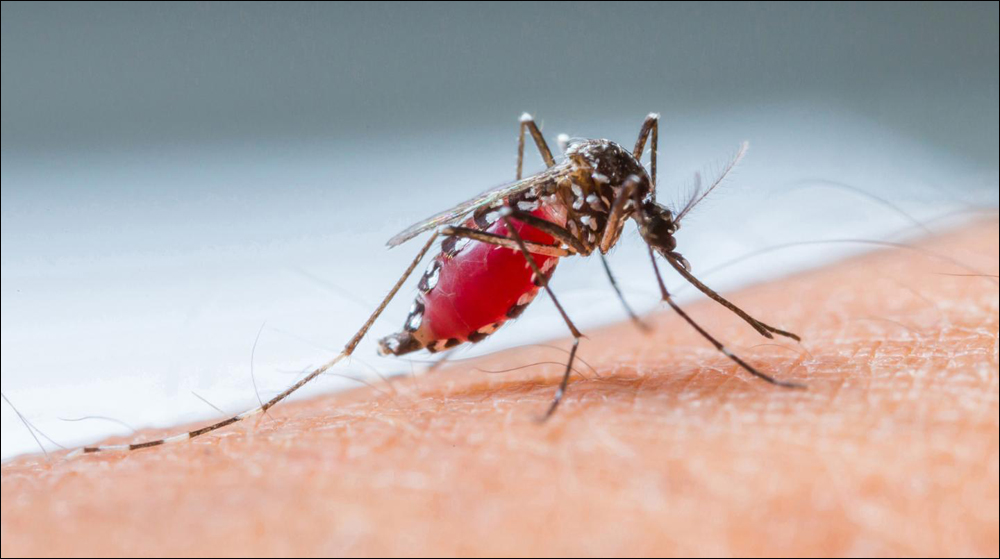Malaria may have been endemic in the Mediterranean since the Roman period
Historical records indicate that malaria became endemic in the Mediterranean during the Middle Ages and remained so until the 1950s, when strong eradication efforts were implemented against the malaria vector Anopheles, according to researchers. However, a recent DNA analysis of 2,000-year-old remains in Sardinia revealed the disease may have already been widespread in the region since the Roman period.
During an investigation, Claudia Viganó, of the human ancient DNA laboratory at the Institute of Evolutionary Medicine in Switzerland, and colleagues discovered that the Sardinian man had a particular pathogenic mutation known as cod39, which they said offers protection against malaria and is an indication of malarial genetic adaptation.

“This is the very first documented case of the genetic adaptation to malaria on Sardinia,” Viganó said in a press release.
According to the researchers, the cod39 mutation is specific to the Western Mediterranean region. Sardinia has the highest incidence of the mutation, which is responsible for 95% of the country’s cases of beta thalassemia — a blood disorder that reduces hemoglobin production, resulting in anemia. Previous studies have suggested different hypotheses surrounding the origin of cod39. One theory is that the mutation originated in Sardinia, and its presence in the Western Mediterranean reflects the migration of people traveling away from the country. Another theory is that the mutation originated among people in Lebanon, who then brought it to Northern Africa and then Sardinia and the Western Mediterranean during the Punic colonization approximately 2,600 years ago.
For their study, Virganó and colleagues used genetic evidence to better understand the origin of the beta thalassemia cod39 mutation and the history of malaria in Sardinia. The researchers examined DNA samples collected from individuals who lived during the Punic and Roman periods and were buried in coastal areas of Sardinia, where malaria was more likely to be present. Their main finding was the detection of cod39 mutation in a man, referred to as CA7472, buried in a Punic necropolis dating to between the end of the Punic period and the beginning of the Roman Republic (3rd century BC – 1st century AD). The mutation was present in about half of the clones sequenced, which suggests the individual was a carrier of beta thalassemia but did not suffer from the blood disorder, according to the researchers.
“The fact that individual CA7472 was heterozygous may explain why he survived until adult age,” they wrote. “Clinically, patients that are homozygous for [beta] thalassemia must receive frequent blood transfusions. Without these treatments, their life expectancy would not be more than a few years.”
Additional investigations of the man’s DNA and Y-chromosome haplogroups suggested that he was most likely a Sardinian and not an immigrant from another country. Although the researchers were unable to calculate the frequency of malaria within the population during the man’s lifetime, they said that the presence of cod39 in a Sardinian individual “provides more credibility” to the theory that malaria was introduced in Sardinia earlier than previously thought.
“The presence of a selective pressure (i.e., malaria) perpetuating a mutation in a population is evidenced by the identification of a known deleterious allele from 2,000 years ago and also its survival within the modern Sardinian population, where it is present at significantly high frequencies,” they wrote in the American Journal of Physical Anthropology. “If this selective pressure was not present, it is unlikely to maintain a mutation, especially one that is fatal in the homozygous form, for such a long time. According to this observation, it is therefore probable that malaria was already endemic in Sardinia by the Roman period.” – by Stephanie Viguers
Disclosure: The researchers report no relevant financial disclosures.
